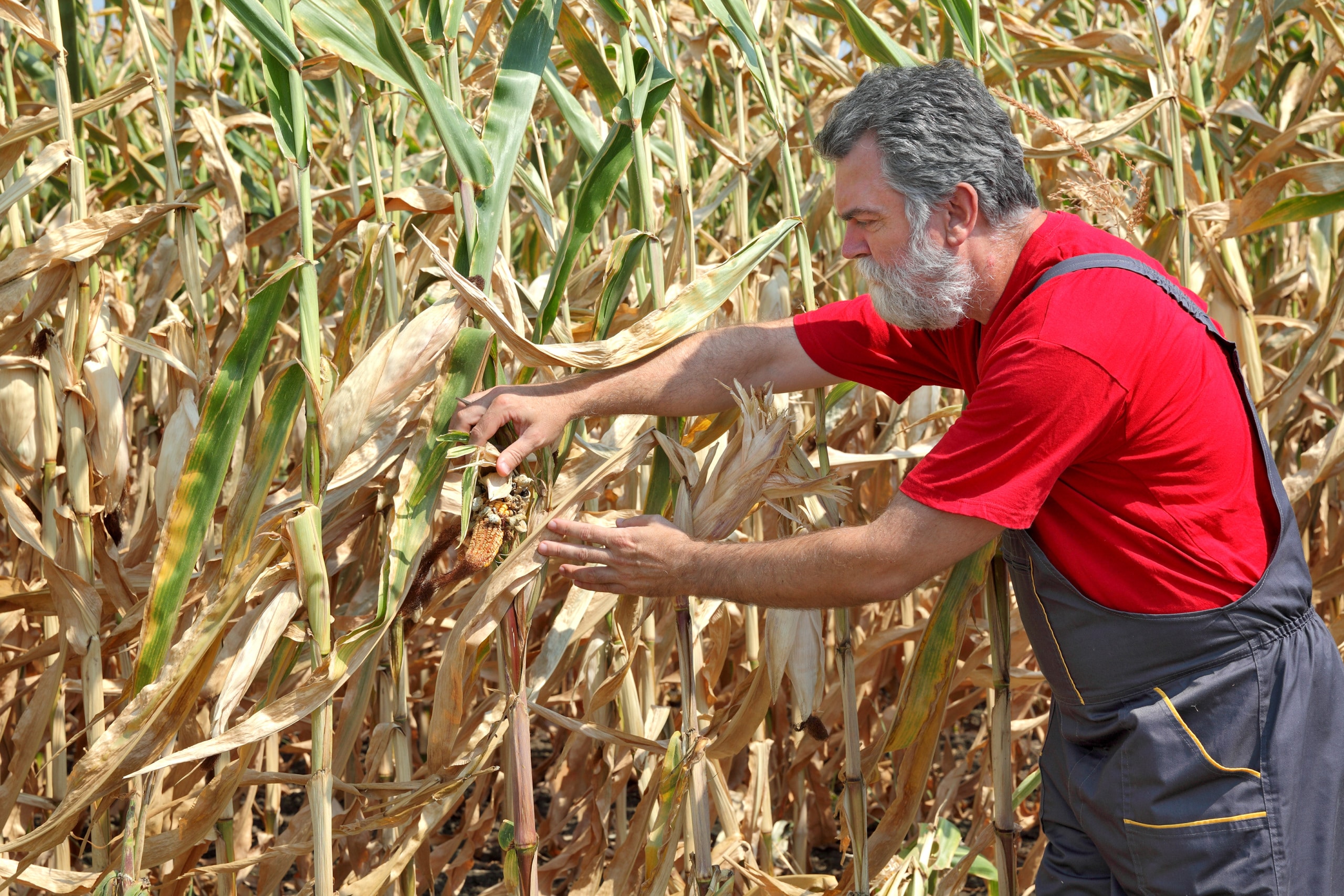Washington, DC, USA
November 23, 2020

In 2018, an epidemic of corn tar spot plagued corn growers from Florida to Michigan. This plant disease, caused by the fungus Phyllachora maydis, reduced corn yields by as much as 60 bushels per acre. Compounding difficulties, the fungus cannot be grown in a lab, limiting scientists’ understanding of how to fight it. To combat its spread, the Foundation for Food & Agricultural Research (FFAR) awarded a $150,000 Rapid Outcomes for Agricultural Research (ROAR) grant to a group of plant pathologists to study and mitigate tar spot on corn.
Tar spot was first detected in the US in 2015 and has quickly spread through the Corn Belt. In 2020, tar spot was confirmed in Ontario, Canada and Pennsylvania. Scientists predict that tar spot could soon reach as far west as parts of North Dakota and east to New York, further devastating yields. This disease causes significant losses for farmers’ livelihoods. Even a one percent reduction in total domestic corn production could cost American farmers an estimated $231 billion in lost revenue.
Efforts to combat the disease have been hampered by the difficulty of growing Phyllachora maydis in a laboratory – an essential step for developing a remedy. In addition, little is known about the biology of the fungus, which is required to develop effective management practices. The team of pathologists is developing tools and techniques that can help study this pathosystem in basic and applied settings and develop tools to combat the disease. This information will provide farmers with better hybrid choices, improve understanding of management practices for suppressing tar spot and help inform decisions about the need to apply fungicides – which can better protect crops from corn tar spot if the application is timed correctly.
“It’s especially hard to develop solutions for tar spot when the underlying fungus cannot be grown in a lab,” said FFAR Executive Director Dr. Sally Rockey. “Thus, this project will study tar spot in the field to generate the knowledge needed to help farmers make timely and economical decisions to prevent the disease.”
The multi-state effort is focused on developing research tools and information to help growers with tar spot management. The team’s research is mapping where the fungus is present, assessing the potential origins of the fungus and potential alternate hosts, understanding resistance in corn germplasm, assessing tar spot management options such as resistant hybrids and fungicides and developing outreach and extension materials for corn farmers. The researchers are also building forecasting models to help producers make timely fungicide decisions using a free smartphone application. By working with corn farmers to collect information, this research will provide immediate benefits for producers.
“FFAR’s ROAR program is a nice platform for enabling researchers to generate preliminary data on rapidly emerging pathogens and pests. In this case, FFAR’s ROAR program enabled several researchers the ability to generate preliminary data that not only are important for producers, but also can be leveraged to support future research projects that will help combat tar spot not only in the US, but other countries where this disease is problematic,” said primary investigator Dr. Nathan Kleczewski of the University of Illinois.
This research is funded through FFAR’s ROAR program, which rapidly funds research and outreach in response to emerging or unanticipated threats to the nation’s food supply or agricultural systems. The research team is made up of plant pathologists from University of Illinois, Iowa State University, Purdue University, Michigan State University, The Ohio State University and the University of Wisconsin-Madison.
This ROAR grant was matched by the National Corn Growers Association, Corteva Agriscience, Wyffels Hybrids, Illinois Corn Growers Association and Purdue University for a total investment of $300,000.